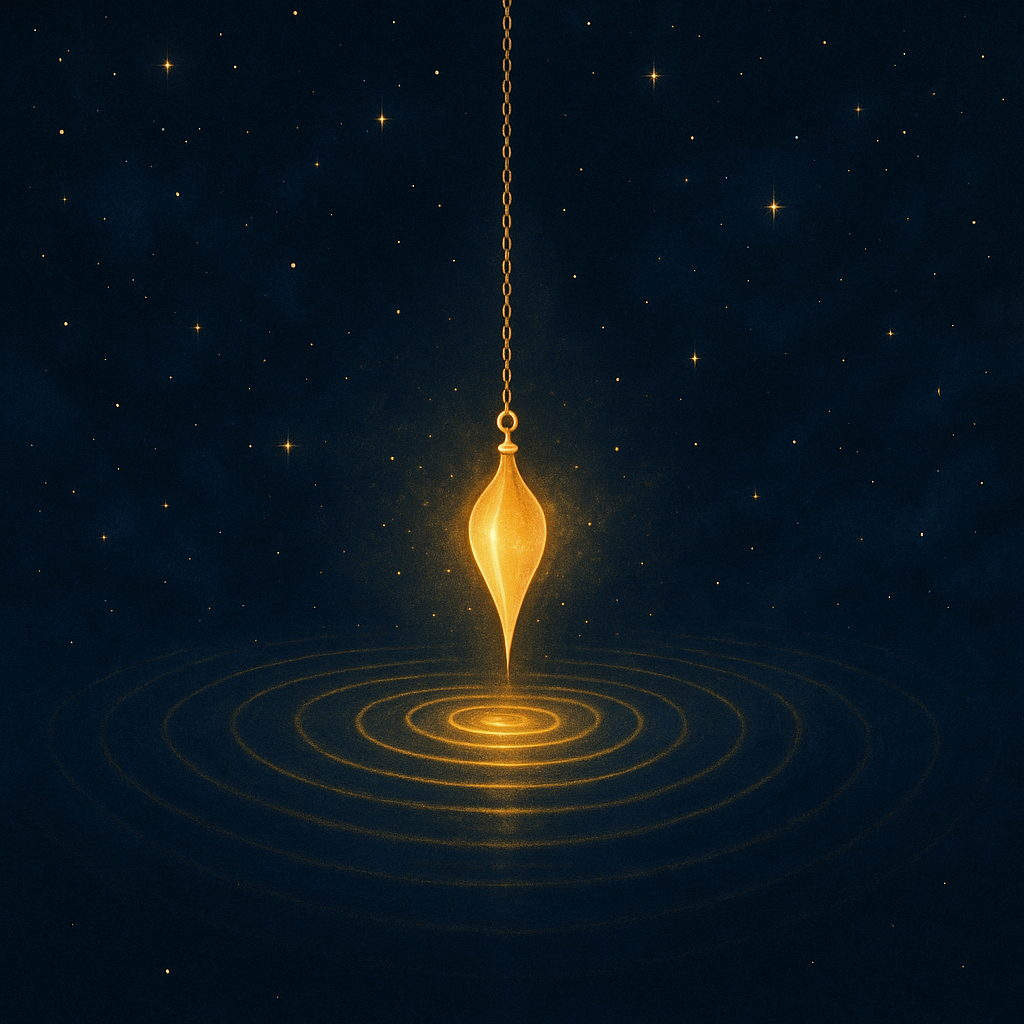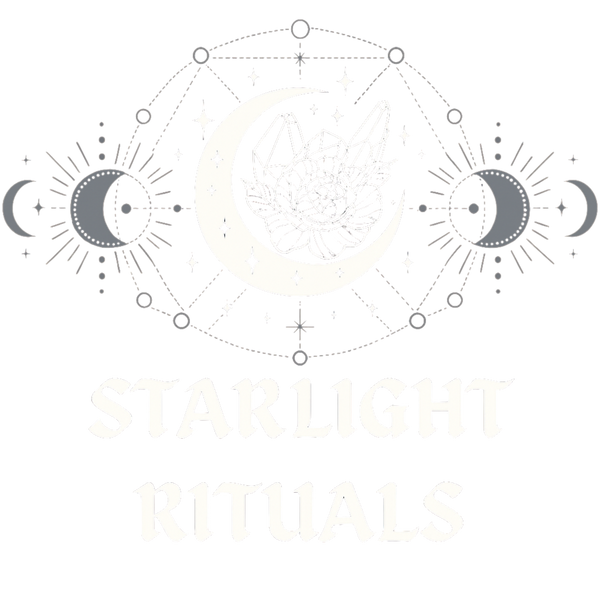
Listening Within: How I Dowse for My Health After Pituitary Surgery
Share
My life changed dramatically after my pituitary gland was removed. Known as the "master gland," it produces at least eight key hormones that regulate everything from stress and energy to metabolism and fertility. Without it, I rely completely on hormone replacement therapies to stay alive.
Before surgery, I had lived with Cushing’s disease caused by a cortisol-secreting pituitary tumour. For years, my body was flooded with high levels of cortisol around the clock. That history makes my current situation even more complex. Now, instead of too much cortisol, I live with adrenal insufficiency and must carefully monitor to make sure I have enough. The swing between extremes has been one of the hardest challenges of my life.
Managing this condition is not straightforward. In diabetes, there are continuous glucose monitors and insulin pumps. But for adrenal insufficiency, there is no continuous cortisol monitoring, no sodium tracking for AVP deficiency, and no real-time safety net. Doctors often tell us to rely on thirst for hydration, or on how we feel for cortisol, but both can be unreliable. Every day is different, and even a minor illness or bug can push me into dangerous territory very quickly if I don’t increase my medication in time.
On the NHS, the standard treatment is oral hydrocortisone replacement, which creates spikes and dips throughout the day that are almost impossible to align with the body’s natural circadian rhythm. Private care sometimes offers cortisol pumps, but they are not widely available. For me, hormone replacement was never accurate enough until I began managing it more actively myself, splitting doses and checking in throughout the day.
Why Dowsing My Health Matters
After surgery, I struggled constantly with the question: am I low on cortisol, or not? Before I began dowsing, I was second-guessing all the time, which left me vulnerable to adrenal crises. These can arrive with terrifying speed. I have experienced them before, passing out, convulsing, even losing consciousness without warning. The first thing to go is my ability to think clearly, so by the time I need to make a decision, my cognitive function has already slipped away.
That is why dowsing has become so important. I had known about it before, mostly for lost objects, but once I connected with my spirit guides, I realised it could be a way to navigate my health. Instead of battling with second-guessing or waiting for symptoms to become severe, I could pause, ask simple yes or no questions, and get clear answers about what I needed in that moment.
A Day in the Life of Health Dowsing
I do not dowse in a set place, but usually when I feel something is off. I might be sitting cross-legged on the sofa, or on my bed, or simply resting on the floor. I take my pendulum, open with my connection ritual to my guides and higher self, and surround the practice with divine light. I will not go into every detail here, because I share that more fully in my booklet, but I always begin by placing myself under that protection and guidance.
Then I ask questions. They are simple, always yes or no, but they cut through the fog. Does my body need more cortisol right now? Am I going into crisis? Do I need to rest, to hydrate, to increase my dose? The pendulum swings, and I listen.
This practice has shifted my focus. Instead of endlessly worrying about what might happen, I check in with what I most need in the moment. It has given me a way to act quickly when my thinking starts to cloud, and to trust that I can still access clear guidance even under pressure.
Building Freedom and Safety
Every night before bed, I prepare my medication plan for the following day. But life doesn’t always go as planned. Stress, illness, even small changes in routine can alter what my body requires. That is when I return to the pendulum, asking what is needed right now. It is not a replacement for medical care, but it is a bridge between the rigid systems available and the living reality of my body.
For me, dowsing has become more than a practice; it is a source of freedom and safety. It reassures me when I begin to fear crisis and spares me the endless loop of second-guessing. Until there is a medical equivalent, perhaps one day in the form of monitoring devices, dowsing remains my way of listening within. It is a vital tool in my life now, one I turn to daily and would not be without.
A Gentle Check-In
You do not need to use a pendulum to begin. Here is a simple practice to try:
-
Sit somewhere comfortable and quiet.
-
Breathe slowly, letting your body soften.
-
Place your awareness on the question: “What does my body most need right now?”
-
Notice the first feeling or thought that arises. It may not be logical, but trust its truth.
Your body always knows. Sometimes you just need a way to listen.
